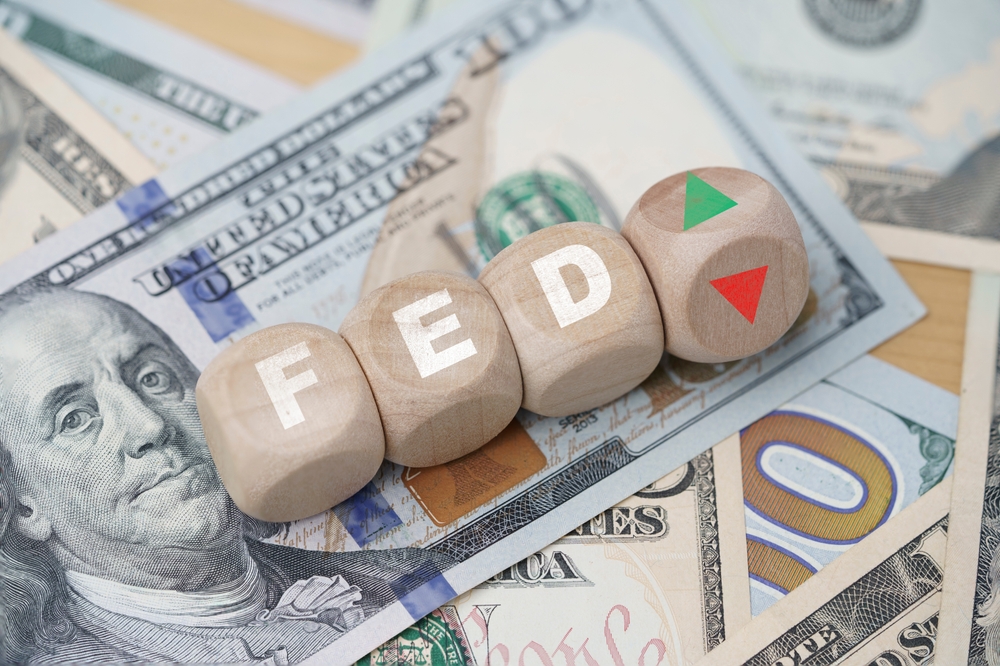The recent announcement by the US Federal Reserve (Fed) on Sunday, March 19 confirmed coordinated efforts with fellow central banks to guarantee a steady flow of dollars. The announcement portrayed efforts by the Fed to safeguard the dollar as the dominant reserve currency.
Also, the daily swap initiative would avert the global cash run witnessed in March 2020 when investors globally disposed of all holdings, including cryptos, for dollars.
Daily Swap Lines Replacing the Weekly Liquidity Shots
The Sunday statement indicated that Fed targets to guarantee frequent dollar swap lines by ditching the customary weekly to daily liquidity injections. The initiative starting March 20 will feature coordinated efforts alongside the Bank of Japan, Swiss National Bank, Bank of England, European Central Bank and Bank of Canada.
The daily dollar swap lines will facilitate the central banks in borrowing the US Dollars to guarantee liquidity, thereby safeguarding the Fed from potential decline risks. The daily swap would involve foreign central banks acquiring the US dollar equivalent using their currency.
Calming the Volatile Exchange Rate
The daily swap lines would embrace the prevailing exchange rate between the US dollar and the central bank’s currency. The swap would take a predetermined period upon which the foreign central bank would return the borrowed dollars to the Fed alongside the accrued interest.
The move announced by the Fed targets to counter the volatility witnessed in the exchange rate. In particular, the Fed’s policy executives consider that calming the exchange rate would break the strains suffered by credit providers to businesses and households globally.
The joint swap initiatives come a week after three crypto-friendly banks, Silvergate Capital Corp, Silicon Valley Bank and Signature Bank blew up. It coincided with the Swiss National Bank coordinating UBS’ acquisition of the embattled Swiss lender Credit Suisse in a $3.25 billion deal. The moves reveal heightened concerns about guaranteeing financial stability among policymakers. Also, it reignites questions on the Fed’s hawkish stance to hike interest rates.
Is the Coordinated Swap Lines Ending Fed’s Hawkish Stance?
Scrutinizing the Fed’s policy since March 2022 shows the central bank’s hawkish nature, with the borrowing cost increasing by 450 basis points. Such a move has eroded the exchange levels of risky assets, particularly causing a prolonged crypto winter that left bitcoin prices hovering below $16000.
The decision by the Fed to backstop the liquidity of the US dollar would lower the likelihood of the global financial system witnessing dash-for-cash. Such will occur if the investors swap their risk assets alongside cryptos to acquire the predominant US dollar.
Often, investors prefer selling the assets holdings perceived as risky to accumulate their wealth in cash reserves, preferably the US dollar. The process triggers increased costs for dollar acquisition, thereby stressing the global financial system, as witnessed in March 2020.
Dollar Liquidity Impact on the Cryptocurrencies
The decision to hold daily swap lines is clearing the path for risk assets, including cryptos, to experience an unabated rise in value. In particular, Bitcoin is leading the surge in the crypto market value to test above the $28000 exchange level. The surge marked a nine-month high for bitcoin as its cumulative monthly-to-date increment realized 24%.
At press time, 0350 UTC, bitcoin price is exchanging hands at $27288, representing a 22% seven-day gain. Its daily transaction volume is approximately $40.827 billion, 26.51%.
Bitcoin’s performance is closely matched by second-ranked Ethereum, whose total market capitalization has shot above $215 billion. While Ethereum dipped 2% to $1750, it tested a high of $1843. Similar to bitcoin, the daily transactions of Ethereum are up by 11.6% to an estimated $10 billion in the past 24 hours.
With the Fed unveiling the daily swap lines, whose enforcement starts today, crypto’s price would certainly move. In particular, the past week portrayed a bearish trend for dollar swap lines, with Bitcoin leading other risk assets in the opposite direction.
Speculators are lauding the move by Fed to initiate coordinated efforts that would avert the dash-for-cash dubbed coronavirus-led crash that left the US dollar on a 100 greenback surge, with BTC value plummeting by half in March 2020.

